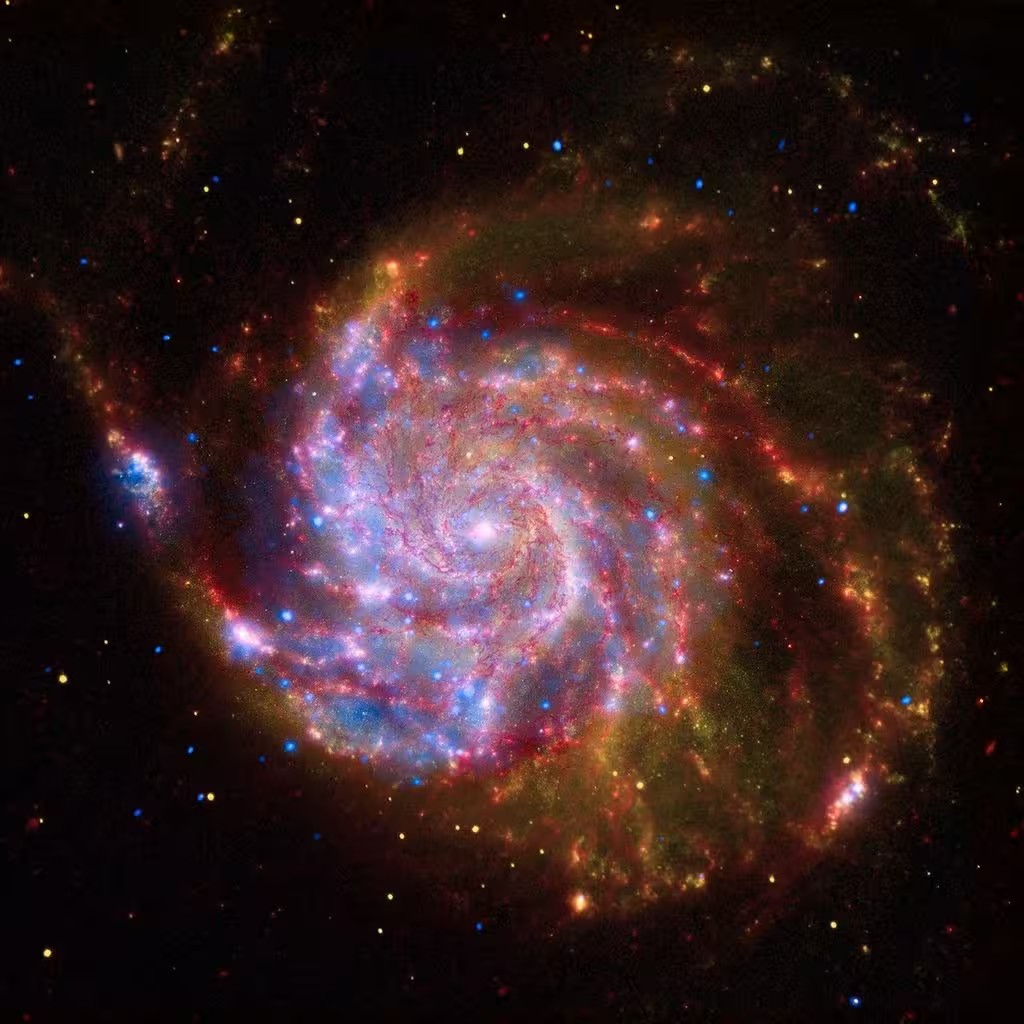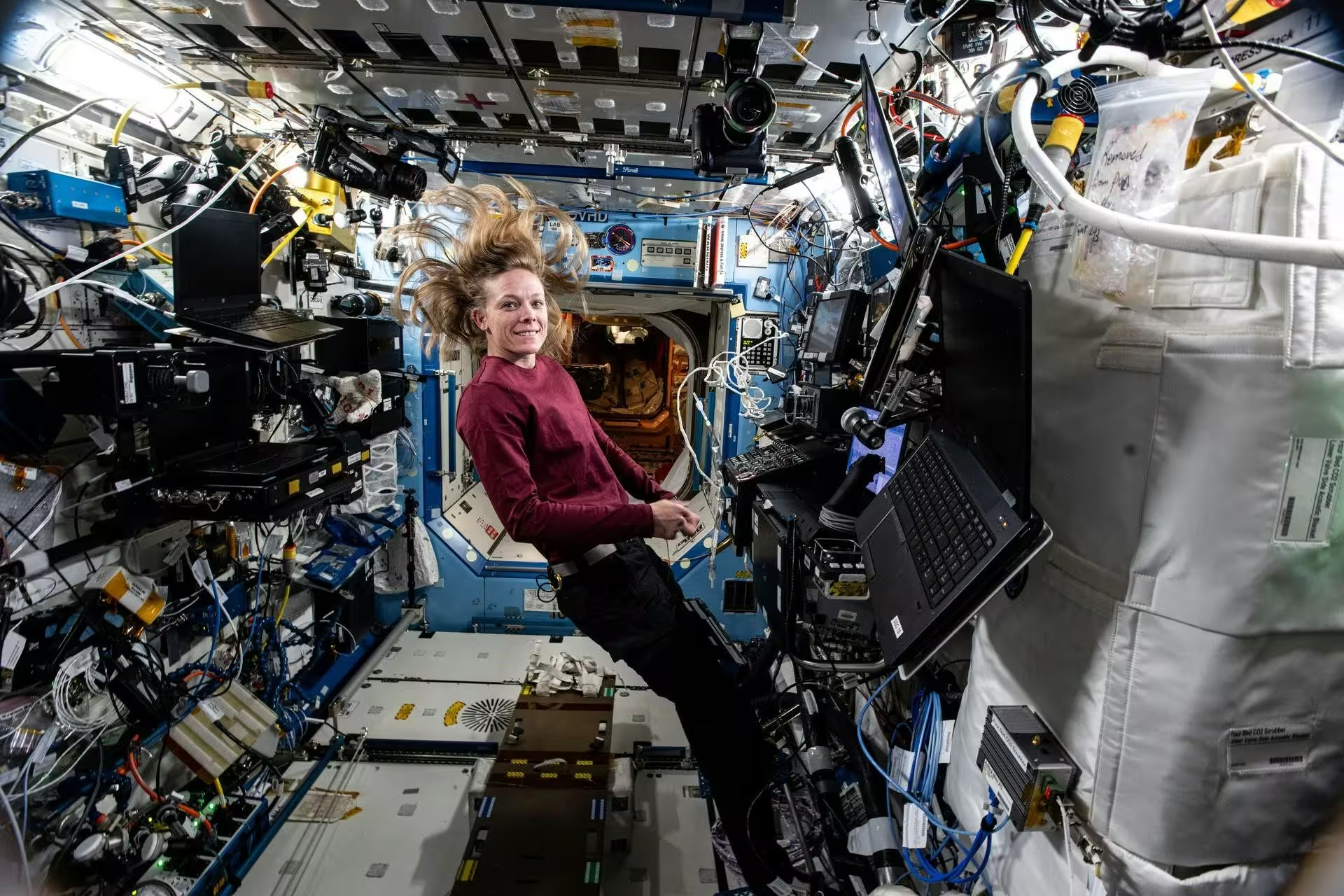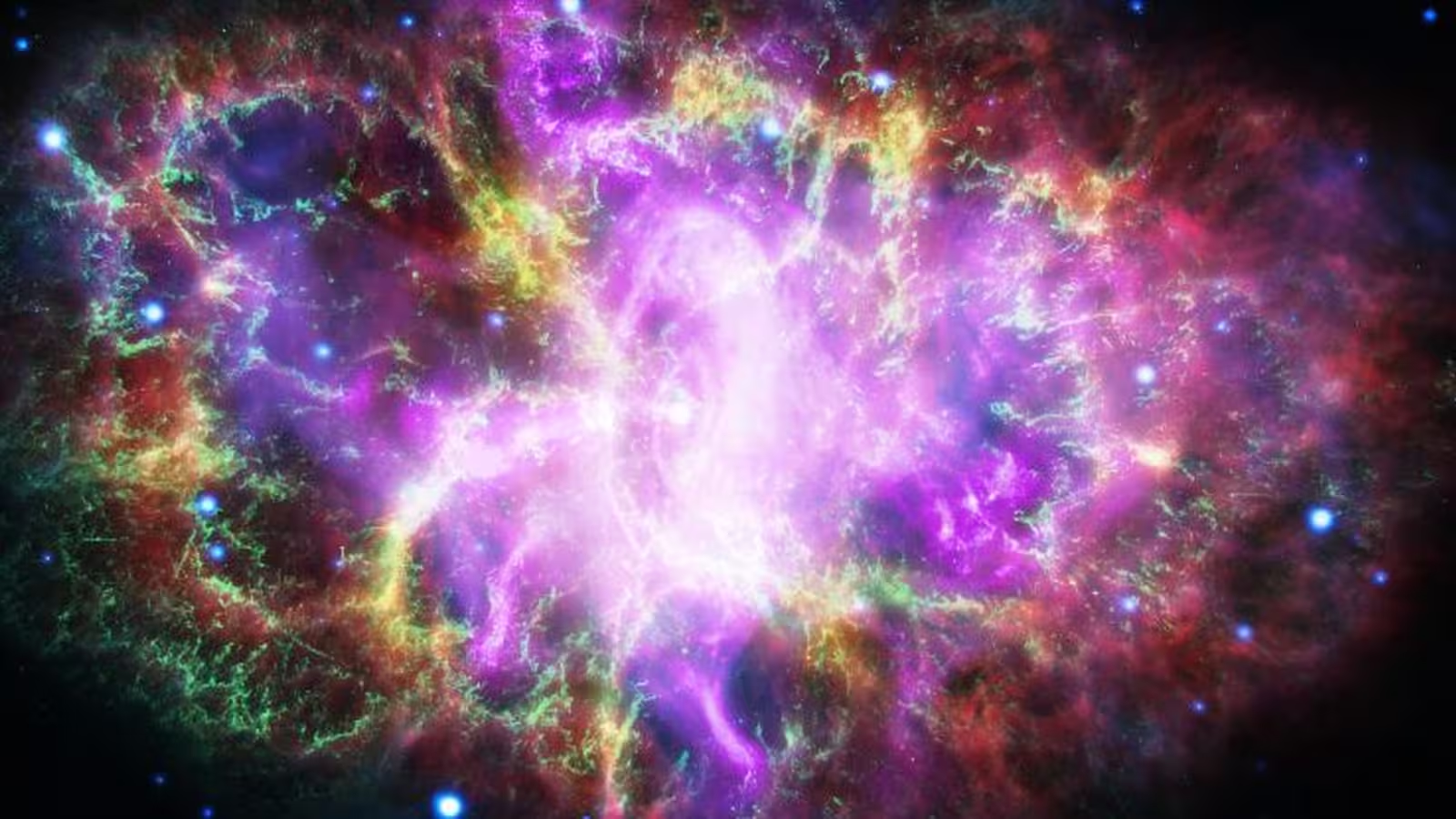4 Minutes
Light’s extraordinary journey across the cosmos is a testament to both the vast emptiness of space and the remarkable laws of physics that govern the universe. Astronomers frequently capture the faint glow of galaxies millions of light-years away, but a critical question often arises: How does light travel such enormous distances across the universe without losing energy? This article delves into the science of light propagation, time, and the unique properties that allow photons to traverse the universe unscathed.
Understanding Light: Nature and Properties
Light, fundamental to astronomy and astrophysics, is a form of electromagnetic radiation. Each light wave consists of oscillating electric and magnetic fields, traveling together through the vacuum of space. Unlike everyday objects, light has no mass—a property that is essential to its unparalleled ability to cover immense cosmic distances. In a vacuum, photons consistently travel at a universal speed limit: approximately 186,000 miles (300,000 kilometers) per second, or nearly 6 trillion miles (9.6 trillion kilometers) per year.
To visualize this, consider a photon emitted from the distant Pinwheel Galaxy, a giant spiral containing around a trillion stars. Light leaving this galaxy must journey approximately 25 million years and traverse about 150 quintillion miles before being observed by a telescope on Earth. Such distances, while nearly incomprehensible, underscore the remarkable efficiency of light as a cosmic messenger.
The Longevity of Light: Does It Lose Energy?
A common assumption is that any traveler—be it a marathon runner or a beam of light—might eventually become "tired." Yet, in space, things work differently. Most photons propagate through the universe without ever interacting with matter, because space is overwhelmingly empty. While it’s true some photons may scatter or lose energy when they encounter dust or gas clouds, the vast majority move through the cosmos unimpeded. Only when light collides with an object, such as interstellar dust or planetary atmospheres, is some energy potentially lost or redirected. In contrast, in empty space, photons maintain their original energy and speed indefinitely.

Space, Time, and Relativity: The Role of Einstein’s Theories
Time Dilation and Light’s Unique Experience of Time
The science of why light doesn’t lose energy is also rooted in the theory of special relativity. To illustrate, imagine an astronaut aboard the International Space Station, traveling at roughly 17,000 miles (27,000 kilometers) per hour. Due to time dilation, the astronaut’s clock ticks fractionally slower compared to one on Earth. This is a tangible example of how motion and gravitational fields influence time—an effect magnified many times over at light speed.
A photon, the elementary particle that makes up light, operates at the maximal speed permitted in the universe. From its own reference frame, time essentially stands still. Experiencing "zero" time between emission and absorption, a photon’s journey, regardless of the distance, is instant. Thus, energy loss across time is meaningless for the photon itself. Meanwhile, an observer on Earth measures millions or billions of years between the moment a photon leaves a distant galaxy and the instant it arrives.
Perspective: Space Compression and the Photon’s Path
Relativity introduces another twist: from a photon’s point of view, not only does time halt, but the space between its origin and its destination collapses to zero. For the photon, there is no distance traveled and no passage of time—its emission and absorption are simultaneous events. To human observers, though, light’s journey can span incomprehensible cosmic distances and vast stretches of time.
When Light Does Lose Energy: Redshift and Cosmic Expansion
While photons generally do not lose energy during unimpeded travel, a phenomenon known as redshift does occur on cosmological scales. As the universe expands, the wavelength of light from distant galaxies is stretched, reducing its energy—a process integral to our understanding of the universe’s origin and evolution. However, this energy reduction is not due to fatigue or collisions, but the expansion of spacetime itself.

Applications and Future Prospects in Astronomy
Harnessing light’s ability to carry information across vast distances has allowed astronomers to study the universe’s origins, structure, and distant phenomena. Advanced technologies in astrophotography, spectrometry, and space telescopes continue to unlock new discoveries, using the ancient light from galaxies, nebulae, and cosmic events. Understanding light’s resilience and behavior remains fundamental to both current research and future exploration missions.
Conclusion
The endurance of light as it traverses the universe is dictated by its massless nature, the emptiness of space, and the relativistic framework described by Einstein’s theories. Under most circumstances, photons ferry their energy across cosmic distances without fading, allowing astronomers to unlock the secrets of the universe—from the birth of stars to the edges of spacetime itself. Next time you glimpse a distant galaxy, remember: the light you see is not only ancient but also an enduring record of cosmic history.


Comments